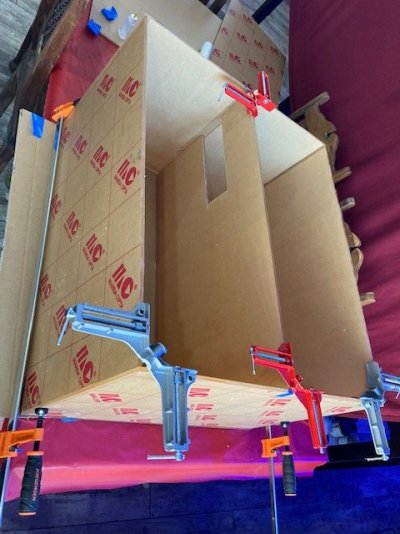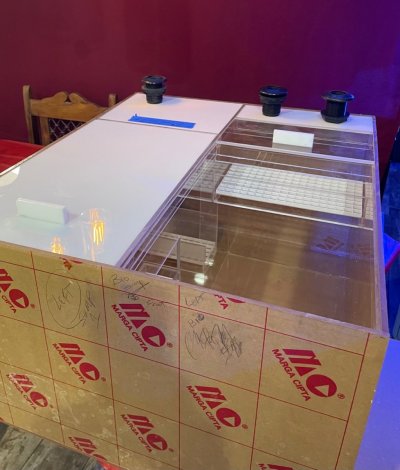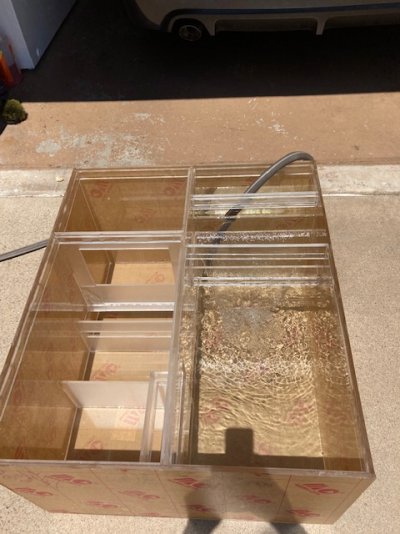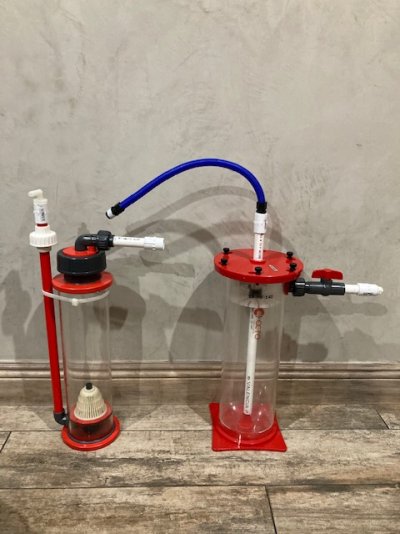You should have a very strong pump - the more flow the better for both aeration and nitrification. It is a closed system - the contact time at every single pass does not matter - the contact time for 24 hours will be the same.It will have a small pump feeding it water slowly which will then flow out the bottom pipe into the sump.
Sincerely Lasse




















